Jennifer Locke
by Sway Benns
“Black/White (Ink),” (2009). Video Still. Courtesy the artist.
“Blue Object,” (2011). C-Print. 24 x 30 inches. Courtesy the artist.
Jennifer Locke
The Conceptual Artist Will Push Your Buttons
In ideal circumstances, a performance artist can register as a conceptual drone, devoid of discernible history and empathy, executing an end target. Jennifer Locke—par for the course in the métier of a female conceptual artist—is hyperaware of the struggle to approximate anything resembling that optimal association. The visual artist’s highly provocative and physical acts often draw face value critiques that miss the point.
“I teach at the San Francisco Art Institute, and I notice, when an artist is using their own body—and especially if it’s a woman—people start talking about the artist instead of the piece. It seems like it pisses people off more when it’s an attractive young woman. I don’t get that as much anymore because I’m in my forties now, so I’m not getting those accusations of being narcissistic, which is such a relief. But if you’re an attractive woman, and you’re using your body in a work, I guarantee you: In an art critique, the word [narcissist] will get thrown at you.”
She’s developed a theory on the origin of our assumptions, “I think it’s the audience misrepresenting some kind of desire. Rather than the art, they are thinking about the object of the piece, the woman. Then they become uncomfortable with having their viewing expectations challenged at that level.”
Locke seems to thrive on analysis through immersion. The conceptualist spent 10 years of her post-grad life exploring professional S&M and submission grappling—and it shows. Her choice of materials lends itself to losing control, yet she’s adept at habitually keeping it just within reach. The exploration of art using her body can, at times, seem physically uncomfortable—yet simultaneously, enthusiastically free of shame.
Her latest piece at the San Francisco Museum of Modern Art, performed on the museum’s last weekend before their two-year closure for renovation, saw her drawing a circle of urine on the museum’s floor. She’s happy with it, but notes with a tinge of wonderment, “I don’t know why I’m still doing this to myself after all these years, these ridiculous and painful things where I’m incredibly uncomfortable the entire time.”
Casual viewers often miss the subtleties of this recurring thread in the artist’s work—the use of fluids—overlooking Locke’s divergence from expected and obvious associations. “I started doing some pieces utilizing materials like paint and glue, primarily because of the way they work. Glue, for example, is an interesting material to me. I wanted to figure out a way to block out the figure visually. You pour it on, and it whites the figure out. Then the glue begins to dry, starts to become transparent, and the figure begins to reemerge. It operates in a dual way.” Locke asserts, “I’m really a closet formalist at heart, and I use this often-loaded subject matter as a stage to perform a more formal operation in the background.”
Her performance work is a fluent rearrangement of her affinity for formalism. Pieces like “Stuck” and “Slide” reform visual landscapes, with Locke existing as a device that facilitates the production. Others, in particular “Black/White,” are slight nods to nineteenth-century naturalist sculptures.
It seems, given the complexity of structures and the use of materials that constantly change at the molecular level, it would be (at the very least) aggravating to know that a viewer seeing “Glue” for the first time might assume it was merely a semen reference. Just the same, Locke maintains a wry sense of humor. “I can’t really complain about that because I’m using really seductive subject matter to distract you from the other stuff, so in a way, I’m kind of slitting my own throat. But then I get upset with people, which is ridiculous.”
Mission: accomplished.


